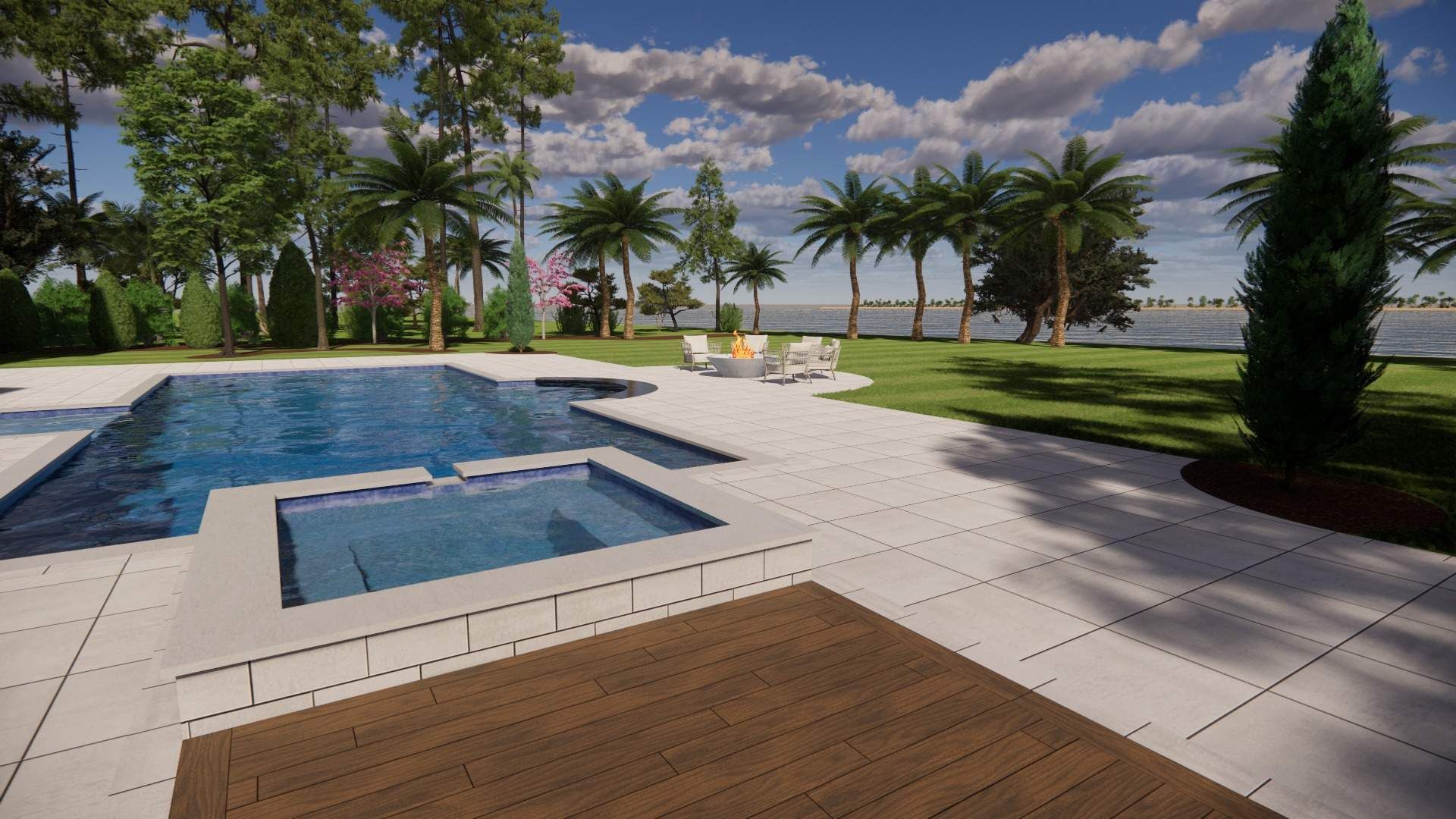Creating a Thriving Habitat for Local Wildlife
This is a subtitle for your new post

Creating a Thriving Habitat for Local Wildlife
Creating a habitat for local wildlife is a great way to help nature while enjoying your outdoor space. You can easily attract birds, butterflies, and other animals to your yard. Whether you live in a big house or a small apartment, making a wildlife-friendly area is something anyone can do.
Key takeaways
- Use native plants to attract local wildlife.
- Provide water sources like birdbaths or small ponds.
- Create shelter using trees, shrubs, and brush piles.
- Avoid chemicals and pesticides in your garden.
- Plant a variety of flowers and trees to support different species.
- Consider implementing a composting system to enhance soil health and encourage wildlife.
For more tips on sustainable gardening practices, you can explore our guide on eco-friendly gardening techniques.
Why Wildlife Habitats Matter
Wildlife habitats are places where animals can find shelter, food, and water. These areas are important for many reasons. They help keep ecosystems balanced and support local wildlife. When you create a habitat in your yard, you make a positive impact on the environment. This is especially important in Hilton Head Island, where nature is a part of everyday life.
The Benefits of Creating a Habitat
When you create a wildlife habitat, you get to enjoy many benefits. You can have beautiful gardens full of blooming flowers. Also, watching birds and butterflies can be relaxing. Plus, it helps your community. You encourage others to think about how to care for local wildlife.
Table 1: Benefits of Creating a Wildlife Habitat
Benefit Description Impact Aesthetic Appeal Attractive gardens with diverse plants Increases property value Enhanced Biodiversity Supports various species of plants and animals Improves ecosystem health Educational Opportunities Provides learning experiences for children and adults Fosters environmental stewardship Relaxation Scenic views and wildlife watching Reduces stress and promotes well-being Steps to Create a Wildlife Habitat
Creating a habitat for local wildlife is simple. Here are some easy steps to follow:
1. Choose the Right Location
Pick a spot in your yard that gets some sunlight. Many plants and animals thrive where they can soak up the sun. Make sure the area is away from loud noises and busy streets. This will help wildlife feel safe.
2. Use Native Plants
Native plants are the best choice for attracting local wildlife. They grow naturally in your area and provide food and shelter. Some great plants for Hilton Head include:
- Coreopsis: Bright yellow flowers that attract butterflies.
- Turk's Cap Lily: A tall plant that offers nectar for pollinators.
- Southern Wax Myrtle: A shrub that provides cover for birds.
By planting these native species, you can help local wildlife thrive.
3. Provide Water Sources
Water is essential for animals. Even a simple birdbath can help. If you have space, consider adding a small pond. Make sure the water is clean and fresh. You may want to change the water every few days to keep it safe for wildlife.
4. Create Shelter
Wildlife needs places to hide from predators and weather. Planting trees and shrubs can provide natural shelter. You can also create brush piles. Piling up sticks and leaves will give small animals a cozy place to rest.
5. Avoid Chemicals
Using chemicals in your garden can harm wildlife. Many pesticides and herbicides are dangerous for animals. Instead, use natural ways to keep pests away. For example, planting marigolds can help deter some bugs without harming other creatures.
6. Plant a Variety of Flowers and Trees
Having different types of plants helps support various wildlife. Some animals prefer specific plants for food or shelter. Planting a mix of flowers, grasses, and trees will encourage different species to visit your yard.
7. Provide Food Sources
Plants can provide food, but you can go further to help. You can add bird feeders filled with seeds. This will attract more birds. You might also consider planting fruit-bearing plants. Blueberries and blackberries are great options that can feed both you and local wildlife.
List: Additional Features to Enhance Your Wildlife Habitat
- Insect Hotels: Provide homes for beneficial insects.
- Compost Bins: Enhance soil health and attract earthworms.
- Logs or Stumps: Create habitats for small mammals and insects.
- Rock Piles: Offer hiding spots for reptiles and insects.
Creating a Rain Garden
A rain garden is a beautiful way to manage rainwater and create a habitat. It can help absorb excess water from storms and prevent flooding. Here is how to create one:
1. Choose the Right Spot
Find a low area in your yard where water collects after rain. This is the perfect place for a rain garden.
2. Plan Your Design
Decide how large you want the garden to be. A good size can be about 100 square feet. You will need to dig it out and create a bowl shape. This will help hold water.
3. Select Native Plants
Choose plants that can handle wet conditions. Some good options include:
- Blue Flag Iris: Beautiful flowers that love water.
- Swamp Milkweed: Attracts butterflies and enjoys moist soil.
- Joe Pye Weed: Tall plant that provides cover and attracts pollinators.
4. Install Stones or Gravel
Add stones or gravel around the edge of your rain garden. This will help with drainage and keep soil in place.
5. Mulch the Area
Adding mulch helps the soil retain moisture and keeps weeds away. Use wood chips or straw for a natural look.
How to Attract Birds
Birds are wonderful guests in any garden. Attracting them can be easy and fun. Here’s how:
1. Provide Feeders
Bird feeders come in many styles. Choose feeders that hold seeds and suet. Different birds like different foods, so have a variety. Hang them in safe places away from predators.
2. Offer Water
As mentioned, water is crucial for birds. A birdbath is a great addition. You can even include a small fountain to keep water moving.
3. Create Nesting Sites
Birds need places to build nests. You can hang birdhouses or plant dense shrubs. This will give birds safe spots to raise their young.
4. Be Patient
Attracting birds takes time. Be patient and let them find your yard. With the right setup, you will soon have many colorful visitors.
Supporting Pollinators
Pollinators are key for plants to grow. They help flowers produce seeds and fruits. Here are ways to support them:
1. Plant Pollinator-Friendly Flowers
Flowers like coneflowers and black-eyed Susans attract bees and butterflies. Plant them in sunny areas for the best results.
2. Create a Pollinator Garden
You can set aside a small area just for pollinators. This can include a mix of flowers and herbs. Pollinators love herbs like lavender and rosemary.
3. Avoid Pesticides
Pesticides harm pollinators. Be sure to use safe gardening practices. Instead, hand-pick bugs or use natural sprays if you need to.
Building a Bat House
Bats are great for controlling insects. If you want to attract bats, consider building a bat house.
1. Choose the Right Location
Place the bat house in a sunny spot. It should be at least 10 to 15 feet off the ground.
2. Use the Right Materials
Build the house from untreated wood. It should be dark-colored to keep it warm. The entrance hole should be about three inches wide and one inch tall to keep out larger animals.
3. Wait for Bats to Move In
It may take time for bats to find your new house. Be patient and enjoy watching them if they come!
Creating a Butterfly Garden
Butterflies bring beauty to any yard. You can create a special space just for them.
1. Plant Host Plants
Butterflies need specific plants to lay their eggs. For example, milkweed attracts monarch butterflies.
2. Add Nectar Plants
Flowers like zinnias and lilies provide food for adult butterflies. Plant these in clumps to attract butterflies easily.
3. Provide Sunbathing Spots
Butterflies love to sunbathe. Leave flat stones in sunny areas where they can rest.
Table 2: Common Butterflies and Their Host Plants
Butterfly Species Host Plant Nectar Sources Monarch Milkweed Lantana, Coneflowers Swallowtail Parsley, Dill Joe-Pye Weed, Phlox Painted Lady Thistles Black-eyed Susans, Zinnias Black Swallowtail Fennel, Carrots Clover, Butterfly Bush Keeping Your Habitat Healthy
After creating your wildlife habitat, it’s essential to keep it healthy. Regular maintenance ensures that local wildlife continues to thrive.
1. Watering
Make sure plants get enough water, especially in dry seasons.
2. Pruning
Prune trees and shrubs to keep them healthy and promote new growth.
3. Monitoring for Pests
Watch for pests that can harm plants. Use natural remedies to keep them in check.
For a deeper understanding of maintaining your outdoor space sustainably, check out our resource on sustainable landscaping methods.
Conclusion
Creating a habitat for local wildlife is a rewarding project. You can enjoy beautiful gardens while helping animals thrive. By using native plants, providing water, and creating shelter, you will invite a variety of wildlife to your yard. With a bit of patience and care, your outdoor space can become a thriving haven for nature.
Remember to share your success with friends and family. Encourage them to create their habitats, too. Together, you can make Hilton Head Island a better place for wildlife and enjoy the beauty of nature right at home.


